Are These Wild Elderberry
lilion
6 years ago
Featured Answer
Sort by:Oldest
Comments (10)
Related Professionals
Carlisle Landscape Architects & Landscape Designers · North New Hyde Park Landscape Architects & Landscape Designers · Waunakee Landscape Architects & Landscape Designers · Alamo Landscape Contractors · Cornelius Landscape Contractors · East Patchogue Landscape Contractors · Fort Wayne Landscape Contractors · Framingham Landscape Contractors · Lantana Landscape Contractors · Las Vegas Landscape Contractors · Tamarac Landscape Contractors · West Haverstraw Landscape Contractors · Shafter Landscape Contractors · Cedar Park Carpenters · Orange County Siding & Exteriorslilion
6 years agolast modified: 6 years agogardengal48 (PNW Z8/9)
6 years agolilion
6 years agolast modified: 6 years agol pinkmountain
6 years agolast modified: 6 years agofloral_uk z.8/9 SW UK
6 years agolast modified: 6 years agolilion
6 years agol pinkmountain
6 years agolast modified: 6 years ago
Related Stories

GARDENING GUIDESGreat Design Plant: Sambucus Nigra
Common elderberry is a highly adaptable shrub from the eastern U.S., with berries galore for wildlife and humans alike
Full Story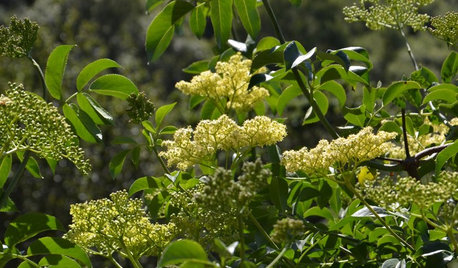
GARDENING GUIDESGreat Design Plant: Sambucus Nigra Caerulea for the Birds
Blue elderberry is a favorite of birds and other wildlife in its native California
Full Story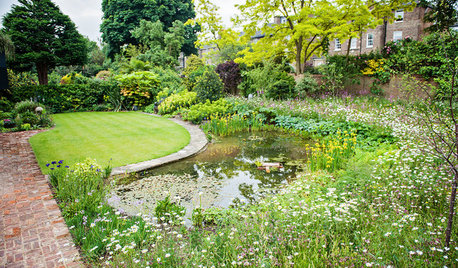
LANDSCAPE DESIGNFor Garden Design Inspiration, Look Beyond the Fence Line
Nearby landscapes and wild habitats can inspire your garden design and help welcome even more wildlife
Full Story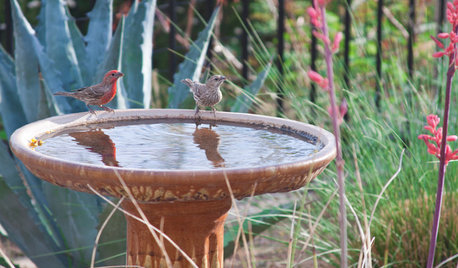
GARDENING GUIDESMake Your Garden a Haven for Backyard Birds
Create a bird-friendly habitat in your yard with food, water and shelter
Full Story
GARDENING GUIDES8 New Ways to Garden This Year
A successful garden means knowing the plants, the wildlife and yourself
Full Story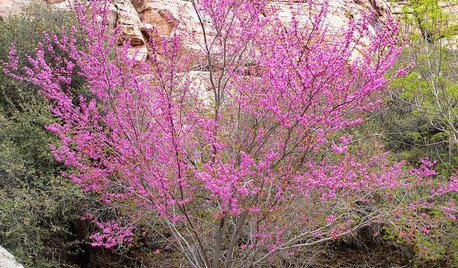
GARDENING GUIDES10 Top Native Plants for Northern California Gardens
Enjoy a fuss-free, water-wise garden by growing plants naturally in tune with the climate and wildlife of Northern California
Full Story
GARDENING GUIDESGarden-Friendly Native Alternatives to Overplanted Exotics
There are lots of gorgeous, wildlife-friendly native plants ready to make an appearance in your garden
Full Story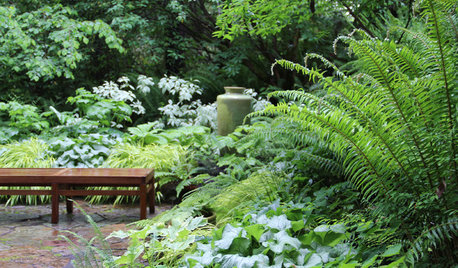
GARDENING GUIDES9 Top Native Plants for Beginning Gardeners
When you’re just starting out, choose easy-to-grow natives like these adapted to your area
Full Story
GARDENING FOR BIRDSFeed the Birds: 6 Plants for Abundant Winter Berries
Be kind to your fair feathered friends during lean food times by planting a shrub or tree loaded with nutritious snacks
Full Story
GARDENING FOR BUTTERFLIESGarden for Wildlife to Reap Rich Rewards
When you plant with animals and insects in mind, you make gardening easier, the planet healthier and yourself more present
Full StorySponsored






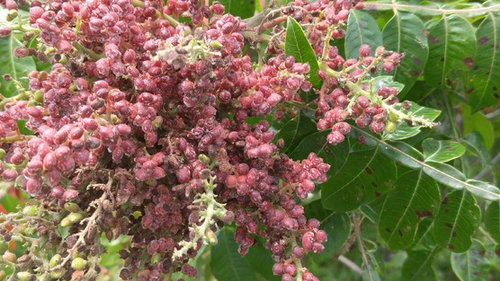



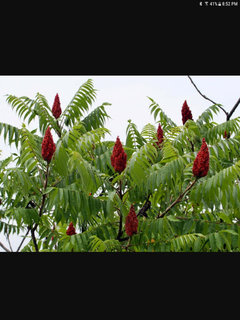
floral_uk z.8/9 SW UK